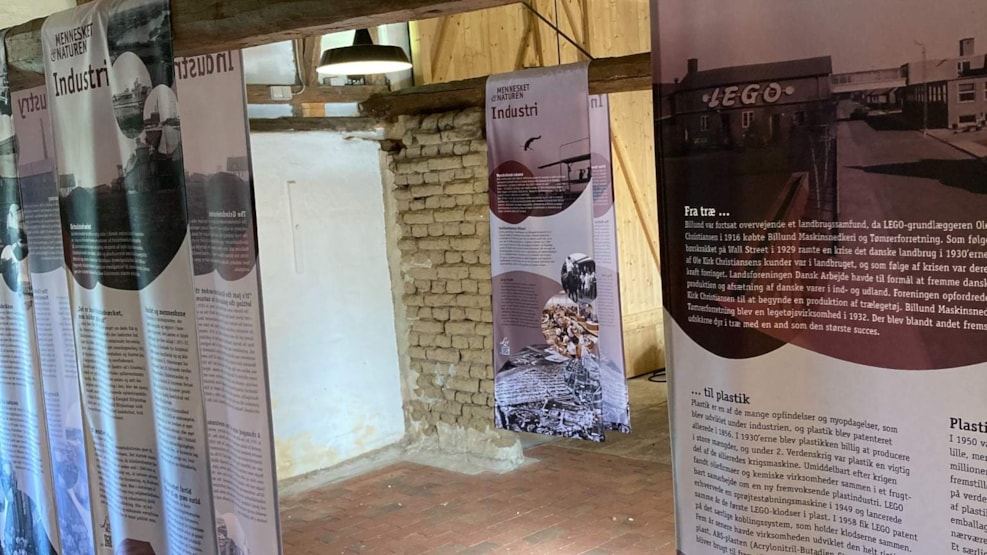
MARK: Mankind and nature
Take it out west to the Mark Museum. Out to the area that was once an extensive heath landscape.
Here, nature and the climate were a strong opponent. The struggle for survival was a part of life. If you had a good harvest, there was food on the table. If the harvest failed, you and your family were in danger of death. The average age at the beginning of the 17th century was approx. 40 years. And for the vulnerable, it was probably lower.
In the exhibition 'Man and nature' you will meet meadow farmers and heath farmers. As well as rackers, who were at the bottom of the pecking order. The rakes lived a life on the fringes of society. And took care of all the dirty work. That which the peasants considered to be impure and dishonest. Like skinning self-dead animals and emptying locums at night.
The exhibition follows how nature's influence on our lives has changed from the 17th century to now. It is the story of how society has developed from agricultural land to industrial society to today's knowledge society, where we humans have begun to exploit nature's resources on a large scale. The development has created greater wealth and prosperity both in the countryside and in the cities. And a lifestyle has emerged where people stick to ecology, seek authenticity and 'dream back to nature'. That thought would have been absurd for an 18th-century farmer on the moor, where he lived in a primitive hut, dug into a hillside on the moor with a primitive front wall of wood and glass and with peat as a partition.
Today we focus on taking care of nature. We want to clean up the sins of the past. Which is also necessary if we are to get through the climate crisis. The equation is reversed. Now it is us who threaten nature. And we do that with life as an effort.